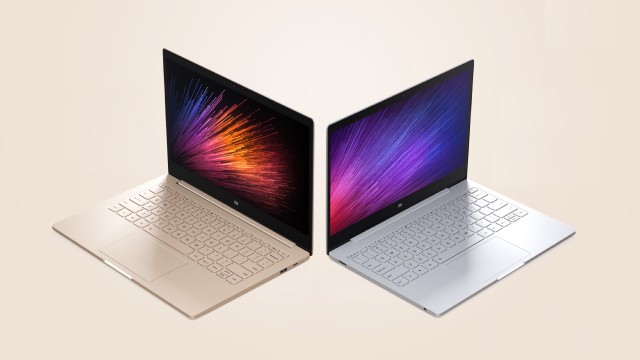
Xiaomi unveils Mi Notebook Air -- here's everything you need to know
A product listing that surfaced in January signaled that Xiaomi planned to introduce its first laptop this year, with leaked specs suggesting that we should expect a big and powerful laptop.
However, today's introduction of the Mi Notebook Air comes as a surprise, as the ultrabook actually comes in two vastly different versions instead, which are designed to appeal to a wider range of consumers. Here is what you need to know.
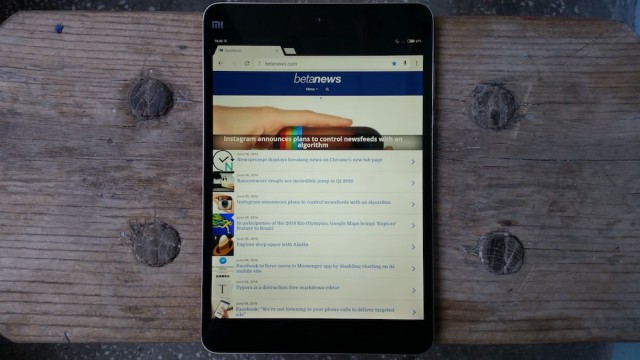
Xiaomi Mi Pad 2 is the small Android tablet you've been waiting for [Review]
There aren't many small Android tablets that can set your world on fire. The manufacturers that are still invested in this market no longer seem to be interested in producing smaller devices, as their attention is now either focused on larger slates or hybrid devices. So, if you are in the market for a small tablet that runs Android, you clearly aren't spoiled for choice.
This is why, after nearly three years on the market, the second-generation Nexus 7 is still my favorite. Google's last small slate got so many things right back in 2013 that I have been struggling to find an attractive replacement for it. But since Xiaomi introduced the Mi Pad 2, I have been wondering whether it is the successor that I have been waiting for so long. Given the opportunity to test it, I set upon to find out whether there truly is a small Android tablet to get excited about these days.
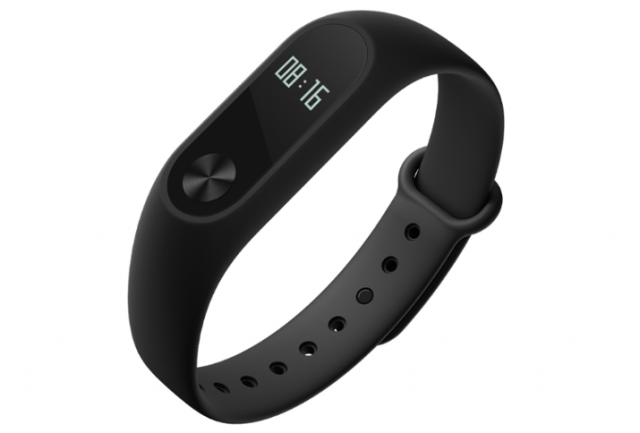
Xiaomi unveils Mi Band 2 fitness tracker -- here's what you need to know
Xiaomi may be best known for its smartphones, but the company is also a major player in the wearables market. In the first quarter of the year it actually took second place, following the renowned Fitbit, thanks to shipments of 2.6 million units.
Xiaomi owes its success in the wearables market to the affordable Mi Band fitness tracker. Its latest upgrade arrived in late-2015, but even with the addition of a heart rate monitor the company managed to keep the cost under the very reasonable $30 mark. But now that the Mi Band 2 is here, what can Xiaomi bring to the table to woo even more consumers?
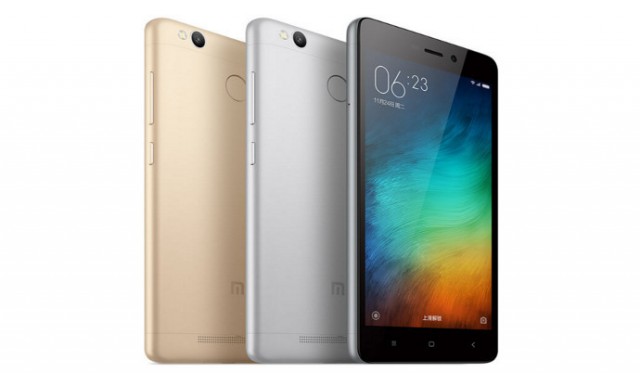
Xiaomi pre-installing Microsoft Office and Skype on its Android smartphones and tablets
Both Windows Phone and Windows 10 Mobile are inconsequential in the mobile market. In other words, Microsoft has largely failed with its mobile platforms.
With that said, Microsoft is not a failure in mobile overall. Its applications and services work brilliantly on the mobile platforms that matter -- Android and iOS. Today, the Windows-maker announces that Xiaomi will be pre-installing both Office and Skype on its Android devices.
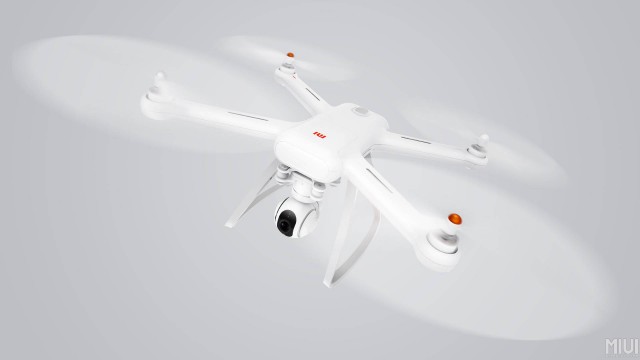
Xiaomi's new Mi Drone starts at just $380
Xiaomi is now entering the drone market, as today the company officially takes the wraps off its new Mi Drone. The device starts at just $380, making it one of the more-affordable offerings in this segment, a price which includes a 1080p camera that's built-into the Mi Drone.
Xiaomi is also making a more powerful version of Mi Drone, which packs a 4K camera, that will be available for about $460. In both cases, the camera is paired with a 104-degree wide angle lens and a three-axis gimbal for image stabilization.

Apple Watch leads the smartwatch market, Fitbit dominates wearables
Even though it is not Apple's most important product, Apple Watch is actually a market leader. In Q1 2016 shipments totaled 1.5 million units, according to a new IDC report, making it the undisputed king of this market.
Apple Watch actually holds a healthy lead over its Samsung-made rivals, having a market share of 46 percent as opposed to 20.9 percent share for the second place player. As you can see, the market as a whole is rather small, with total shipments of just 3.2 million units in an entire quarter.
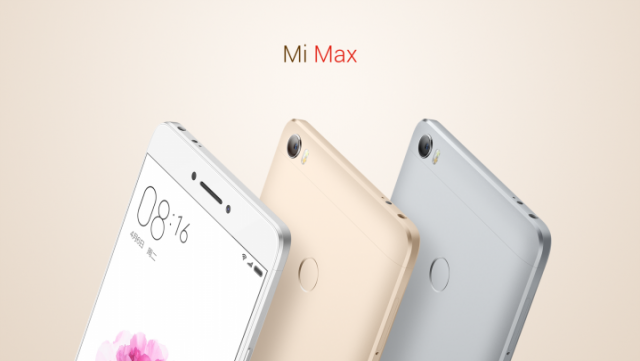
Xiaomi unveils 6.44-inch Mi Max smartphone, MIUI 8
Chinese maker Xiaomi has announced a new Android phablet, called Mi Max, and officially showcased MIUI 8, the latest version of its Android distribution. The handset is large even for its class, featuring a 6.44-inch display that is more typical of a small tablet than of a phablet.
That is not the only thing that is big about it though, as Xiaomi has also added a 4,850 mAh battery inside Mi Max. This is one of the largest capacities we have seen in a smartphone and, with the help of MIUI 8, it should translate into great battery life -- 76 percent better than iPhone 6s Plus, the company claims.
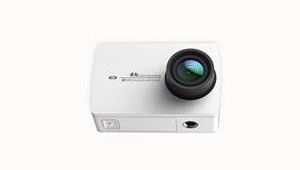
Xiaomi Yi 2 action camera now official
Xiaomi Yi is among the most attractive action cameras for consumers on a budget. For just under $80, you get pretty much everything you could hope for. The only thing that is missing is 4K support, which is now starting to show up in more and more devices in this segment. Its successor, however, addresses this shortcoming.
Yi Technologies, the company behind Xiaomi Yi, has officially announced the second-generation of its action camera, called Yi 2. It packs a new chip, formally known as Ambarella A9, that enables 4K video recording at up to 30 FPS and 1080p video recording at up to 120 FPS.
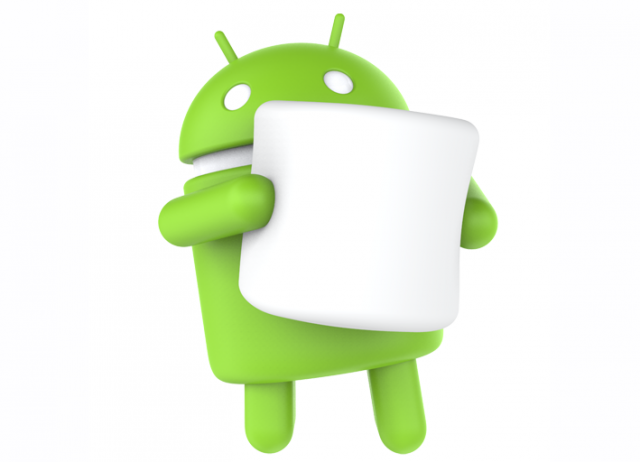
Marshmallow now runs on 7.5 percent of Android devices
In just two months, Marshmallow has more than doubled its usage share in the Android market, thanks to the introduction of new devices and the availability of more software updates for older but popular handsets.
According to Google's latest figures, which are based on data collected during the seven days ending March 7, 7.5 percent of Android devices now run Marshmallow. When I last covered the distribution numbers in March, its usage share was at just 2.3 percent and it looked like its rise towards the top would be a very slow one.
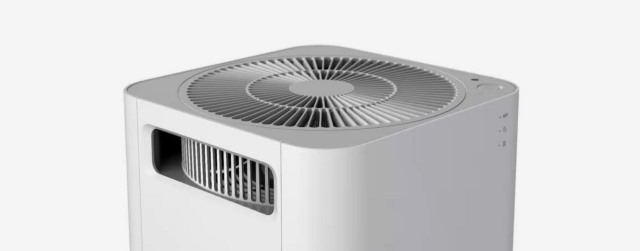
Can’t afford Dyson's Pure Cool Link? Try the Mi Air Purifier instead [Review]
Having revolutionized the world of vacuum cleaning, James Dyson moved his attention to hand drying, heating and cooling. The latest gadget to roll off the Dyson production line is the IoT-enabled Pure Cool Link air purifier. Like just about every Dyson product out there, reviews are almost universally positive, but there is the question of the price tag.
The Pure Cool Link comes at something of a premium (be prepared to part with around $500), but it's certainly not a unique product. Dyson may have blazed a trail in many areas, but when it comes to air purifiers, it wasn't the first, and it certainly isn’t the cheapest. Take, for instance the Mi Air Purifier from Xiaomi. It's a relative snip at just $200, and the lower price tag doesn’t mean missing out on the Internet of Things.

Xiaomi launches Redmi 3 Pro with fingerprint reader at less than $140
Xiaomi is one of the first brands that spring to mind when we talk about affordable smartphones today. That's because the Chinese maker has come up with some highly attractive devices which feature very impressive specs at more than reasonable price points. A good example is its new Redmi 3 Pro.
At less than $140 (RMB 899), the new Redmi 3 Pro features a premium build, large, high-resolution display, fast processor, lots of RAM and storage, bit battery, competitive cameras, but also a fingerprint sensor, which is a feature that is typically seen on much more expensive smartphones.

Android Lollipop now reigns supreme, surpasses KitKat
The adoption of new Android distributions rises at a glacial pace so you should not expect the latest -- and, arguably, the greatest -- of the bunch to gain traction quickly. In fact, up until this month, the landscape was dominated by KitKat, which is now two and a half years old, and not Marshmallow, which Google introduced last October.
However, going into March, things have changed. KitKat no longer reigns supreme, as Google reveals that Lollipop is now finally running on more devices than its older brother. The usage share difference is relatively small, however, suggesting that it may take a while before KitKat will be as irrelevant as, say, Ice Cream Sandwich.
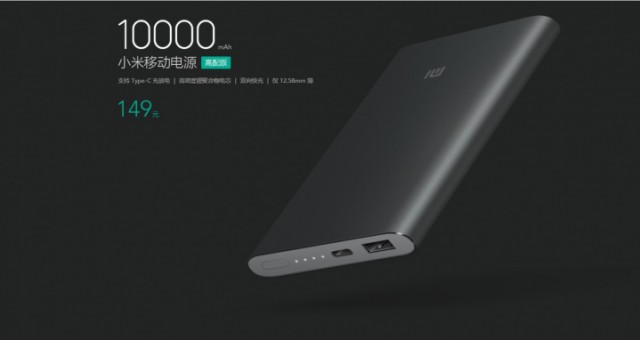
Xiaomi's new Mi Powerbank Pro is a 10,000 mAh external battery with USB Type-C
USB Type-C is slowly starting to gain traction in the smartphone market, as more handsets are being introduced with this wonderful new connector. Last month, we saw two new flagships -- LG's G5 and Xiaomi's Mi 5 -- unveiled with USB Type-C. But, for consumers, having it on a new smartphone may actually be an issue.
An external battery, for instance, is generally charged via microUSB, which means that, when it runs out of juice, you will not be able to use the USB Type-C cable, that is used to charge your device, to also charge the external battery. This can make having a smartphone with the new connector feel like a drag, but Xiaomi has decided to (also) offer a USB Type-C external battery so you can have a great experience.

Xiaomi announces Mi 4s, an updated version of its former flagship
On top of unveiling its new Mi 5 flagship, at MWC 2016 Xiaomi has also announced an updated version of its previous top-of-the-line smartphone, Mi 4. Called Mi 4s, the new handset comes with an improved design, up to date hardware and, best of all, a price tag of around $260.
Mi 4s utilizes the same processor as found in the more affordable Mi 4c, which I have reviewed here, namely a Qualcomm Snapdragon 808. That makes it significantly faster than Mi 4, but less impressive in this regard than the new Mi 5, which sports a top of the line Snapdragon 820 chip.
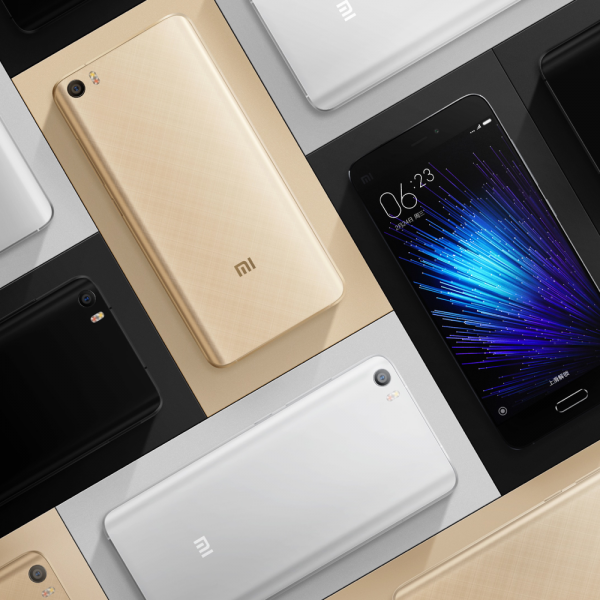
Xiaomi's new Mi 5 offers flagship hardware at an affordable price
Xiaomi is once again proving that you do not need to spend a lot of money to get your hands on a flagship smartphone. Its new Mi 5, which is the successor to the popular Mi 4, offers top of the line hardware for just over $300.
Mi 5 offers just about anything you could want in a flagship smartphone. It makes you wonder whether it is worth ponying up for a similar device from LG or Samsung, which costs at least twice as much.
